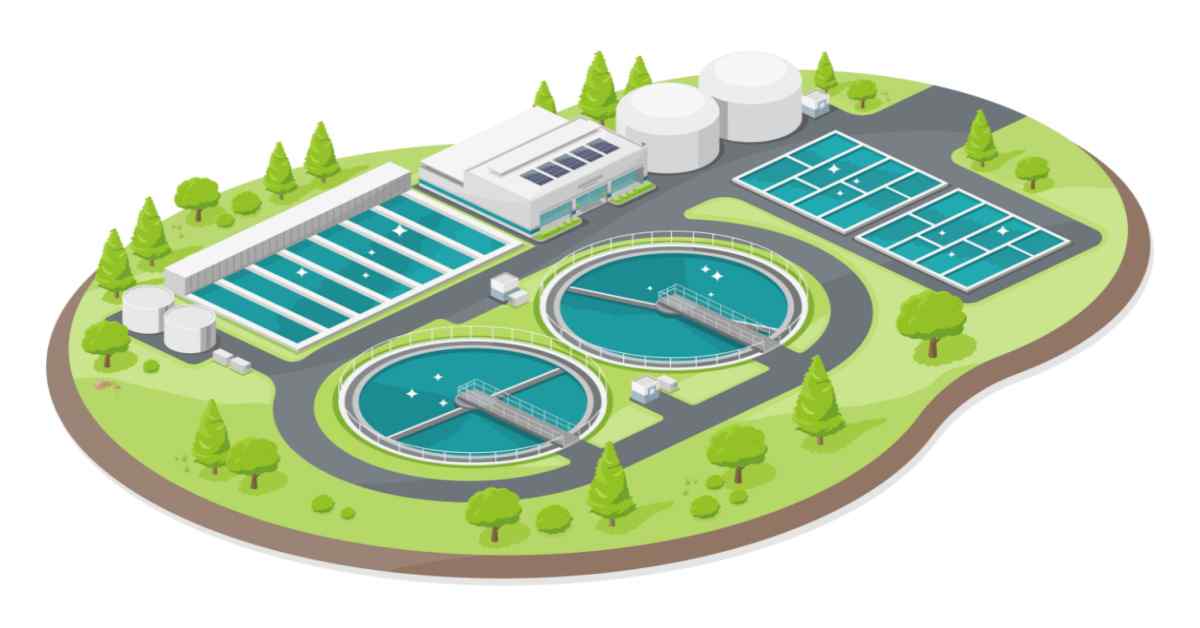All-in-One Wastewater Systems for Residential and Commercial Needs
All-in-One Wastewater Systems for Residential and Commercial Needs
Blog Article
Comprehending Wastewater Treatment Processes and Their Environmental Impact
The intricacies of wastewater treatment procedures play a crucial duty in mitigating ecological obstacles connected with water pollution. Each phase, from initial to innovative therapies, is developed to address certain contaminants, ultimately securing both public wellness and marine environments.
Introduction of Wastewater Therapy
How is wastewater changed into a safe resource for the setting? Wastewater treatment is a critical process developed to eliminate pollutants from used water, thereby guarding public health and safeguarding communities. This process begins with the collection of wastewater from property, industrial, and business sources, which is then directed to treatment centers.
At these centers, various physical, chemical, and biological techniques are utilized to deal with the wastewater. First screening eliminates big debris, followed by sedimentation to separate much heavier solids. Subsequently, biological therapies, such as activated sludge procedures, utilize bacteria to break down natural issue. These approaches not only lower pollutant degrees yet likewise promote the recuperation of important nutrients.
The dealt with effluent can be safely discharged into all-natural water bodies or recycled for irrigation and commercial objectives, promoting resource conservation. In addition, the treatment procedure creates biosolids, which can be repurposed as fertilizers or dirt modifications, further improving sustainability.
Stages of Treatment Procedures
The wastewater treatment procedure commonly contains 3 primary stages: preliminary, key, and secondary therapy. Each phase serves a distinct function in lowering the pollutant tons and making sure the effluent fulfills environmental standards before discharge.

The primary therapy stage concentrates on the physical separation of put on hold solids from the wastewater. With sedimentation, heavier bits work out at the end of sedimentation containers, developing sludge, while lighter materials, such as oils and greases, float to the surface area and are skimmed. This procedure substantially reduces the organic and inorganic load in the wastewater.
Second therapy is a biological procedure intended at additional reducing the focus of natural issue. This phase is essential for accomplishing the required biochemical oxygen demand (FIGURE) decrease, eventually leading to cleaner effluent all set for discharge or additional therapy.

Advanced Treatment Technologies
Adhering to the secondary treatment processes, advanced treatment technologies play an important duty in additional boosting the quality of dealt with wastewater. These innovations are designed to get rid of residual impurities that are not effectively gotten rid of during key and second treatments, guaranteeing the effluent meets stringent regulatory standards.
Among the extensively used sophisticated therapy approaches are membrane layer filtering, reverse osmosis, and advanced oxidation processes. Membrane layer filtration, consisting of microfiltration and ultrafiltration, works in dividing fine fragments, virus, and colloids from the water (Wastewater). Reverse osmosis uses semi-permeable membrane layers to eliminate liquified solids, leading to top notch water ideal for numerous applications
Advanced oxidation procedures (AOPs) use strong oxidants to degrade organic pollutants, consisting of drugs and individual treatment products that are resistant to standard treatment. These visit this site techniques boost the biodegradability of go to my blog intricate substances, promoting their removal.
One more significant innovation is making use of biological nutrient elimination processes, which especially target nitrogen and phosphorus, protecting against eutrophication in getting water bodies. In general, sophisticated therapy technologies are crucial for achieving higher levels of filtration, advertising water reuse, and guarding public health and wellness while addressing the difficulties connected with wastewater administration.
Ecological Advantages of Treatment
Countless ecological benefits emerge from reliable wastewater treatment procedures that add to ecosystem health and wellness and sustainability. Mainly, these procedures considerably reduce the release of hazardous toxins into natural water bodies, which assists preserve water ecosystems. By removing contaminants such as hefty steels, nutrients, and virus, treated wastewater reduces the danger of waterborne conditions and advertises biodiversity in aquatic settings.
Furthermore, wastewater treatment facilities frequently utilize advanced technologies that allow water recycling and reuse. This method not just preserves freshwater sources but additionally lowers the need on natural water materials. Boosted nutrient elimination from wastewater can also avoid eutrophication, a process that causes algal blossoms and subsequent oxygen depletion in water systems.
Furthermore, reliable therapy procedures can decrease greenhouse gas emissions, specifically methane and laughing gas, which are often released during untreated wastewater disintegration. By recording and utilizing biogas from anaerobic digesters, facilities can transform waste into renewable resource, therefore adding to a decrease in nonrenewable fuel source dependency.
Challenges and Future Trends
While the environmental benefits of wastewater treatment are clear, numerous obstacles linger that impede optimal outcomes in this area. One major problem is maturing framework, which frequently results in inadequacies and raised operational expenses - Wastewater. Lots of treatment plants were made years back, and their capacities do not straighten with modern needs, that include more stringent regulatory criteria and higher volumes of wastewater because of urbanization

Looking in advance, there is a growing emphasis on resource recovery and round economic situation concepts within wastewater treatment. Developments such as anaerobic digestion, which can produce biogas, and progressed filtration innovations are acquiring traction. These methods not only boost therapy efficiency yet also promote sustainability.
Inevitably, addressing these difficulties calls for collaboration among stakeholders, financial investment in modern technology, and a dedication to ongoing study. By accepting these patterns, the wastewater therapy industry can develop to meet the needs of an altering environment and culture.
Final Thought
In verdict, wastewater therapy processes play a vital role in boosting ecological top quality and public health. The multi-stage treatment structure, coupled with innovative technologies, successfully minimizes air pollution and promotes lasting water administration.
Report this page